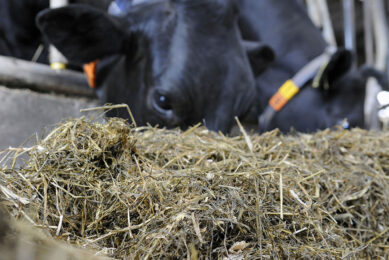Guidance documents released by FEFANA
FEFANA has released a set of regulatory tools: the FEFANA Guidance documents. These provide an operational interpretation of the new Feed Additive Guidelines and help applicants building regulatory dossiers for existing and new additives.
modern framework for the authorisation of feed additives. FEFANA is pleased to
see that the Regulation is now reaching maturity: the classification of feed
additives into categories and functional groups is understood and accepted by
the market, the authorisation procedure is fully in place, and proportionate
rules for the building and evaluation of dossiers (the so-called “Guidelines”)
are ready for publication.
What is now on the immediate time horizon is
the re-evaluation of existing feed additives according to Art. 10 of this feed
additive Regulation. This will lead to full market clarity: the Register will
list all additives in a coherent, harmonised way, together with their
specifications.
The re-evaluation process promises however to be
difficult to manage, and time-consuming both for the authorities and the
industry.
FEFANA strongly feels that the best way to streamline this is
to develop a global, coherent industry interpretation of the new guidelines.
Based on the final draft of the Guidelines, which are to be published
imminently, FEFANA has developed a comprehensive set of tools which will help
applicants through the dossier-building process:
– deciding whether a
dossier is necessary for a particular product;
– finding the appropriate
additive category and functional group;
– determining which of the
Guidelines sections apply to the product;
– interpreting the Guidelines
demands into operational requirements.
This set of tools is supplemented
by a glossary and numerous references to FEFANA and external sources of
information. The FEFANA Guidance tools are available to FEFANA members and to
the FEFANA Consortia members. FEFANA has entered into an exchange of views with
the EFSA FEEDAP Panel, to promote the industry’s interpretation of the
Guidelines and to identify possible areas where this interpretation might be
challenged by the Panel. This should lead to a situation where both the
applicant and the risk assessor will save time and resources, as a high-quality
dossier will be more easily and quickly evaluated by the Panel.
Related website:
FEFANA
Join 26,000+ subscribers
Subscribe to our newsletter to stay updated about all the need-to-know content in the feed sector, three times a week. Beheer
Beheer









 WP Admin
WP Admin  Bewerk bericht
Bewerk bericht